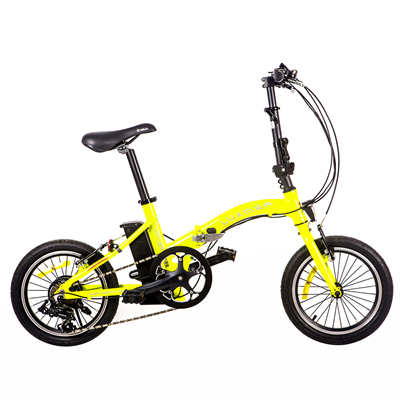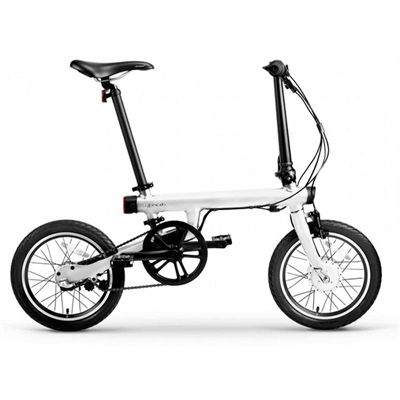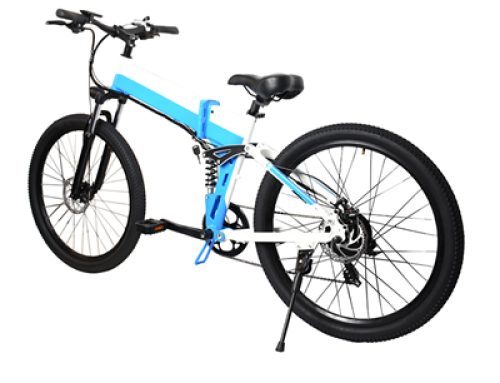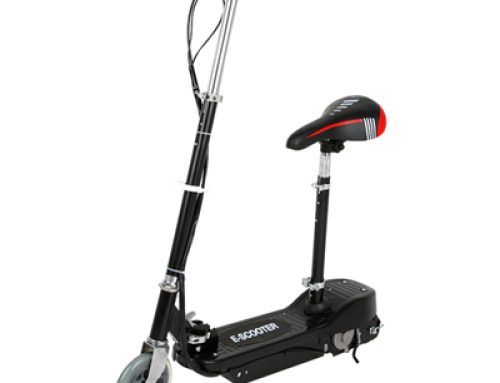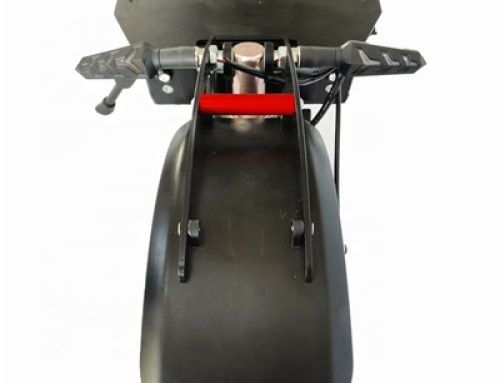The concept of hoverboards redefining urban commuting is an intriguing one, envisioning a future where personal transportation becomes more efficient, sustainable, and innovative. While practical hoverboards were not widely available as of my last update in September 2021, let’s explore how they could potentially reshape urban commuting:
- Efficiency: Hoverboards could offer a faster and more direct mode of transportation, allowing commuters to bypass traffic congestion and take shortcuts that traditional vehicles can’t access. This could lead to shorter commute times, especially in crowded urban areas.
- Environmental Benefits: If hoverboards are powered by clean and renewable energy sources, they could contribute to reducing carbon emissions and air pollution in cities. This aligns with the growing emphasis on sustainable transportation solutions.
- Last-Mile Connectivity: Hoverboards could serve as excellent last-mile solutions, bridging the gap between public transportation stops and final destinations. This would provide a seamless multi-modal commuting experience.
- Space Efficiency: Hoverboards would require less physical space than cars, making them suitable for densely populated urban environments. They could help alleviate issues related to parking shortages and traffic congestion.
- Accessibility: Depending on design and technology, hoverboards could potentially be more accessible to a wider range of people, including those who might find cycling or walking challenging.
- Fun and Convenience: Hoverboards could make commuting more enjoyable and dynamic. The experience of gliding above the ground could add an element of excitement to daily routines.
- Reduction in Infrastructure Demand: Hoverboards might not require extensive road infrastructure or maintenance, as they could operate on existing paved surfaces. This could free up resources for other urban development projects.
- Health Benefits: Hoverboard commuting could promote physical activity and a more active lifestyle, as riders would need to engage their core muscles for balance and control.
- Technological Innovation: The development of hoverboard technology could stimulate advancements in propulsion systems, energy storage, stabilization mechanisms, and smart transportation solutions.
- Challenges to Address: Despite the potential benefits, there would be challenges to overcome, such as safety concerns, regulatory frameworks, and the need for specialized infrastructure to accommodate hoverboards.
- Cultural Shift: The introduction of hoverboards could prompt a cultural shift in how people perceive and use personal transportation. It might encourage a move away from car-centric urban planning.
- Integration with Public Transportation: Cities could design transportation networks that seamlessly integrate hoverboards with buses, trains, and other forms of public transit, providing commuters with a comprehensive mobility solution.
It’s important to note that while the idea of hoverboards redefining urban commuting is exciting, there are significant technological, regulatory, and safety challenges that would need to be addressed. Furthermore, developments beyond my last update in September 2021 are unknown to me. To stay informed about the latest advancements and discussions in transportation, I recommend following reliable sources in the field of technology and urban planning.
